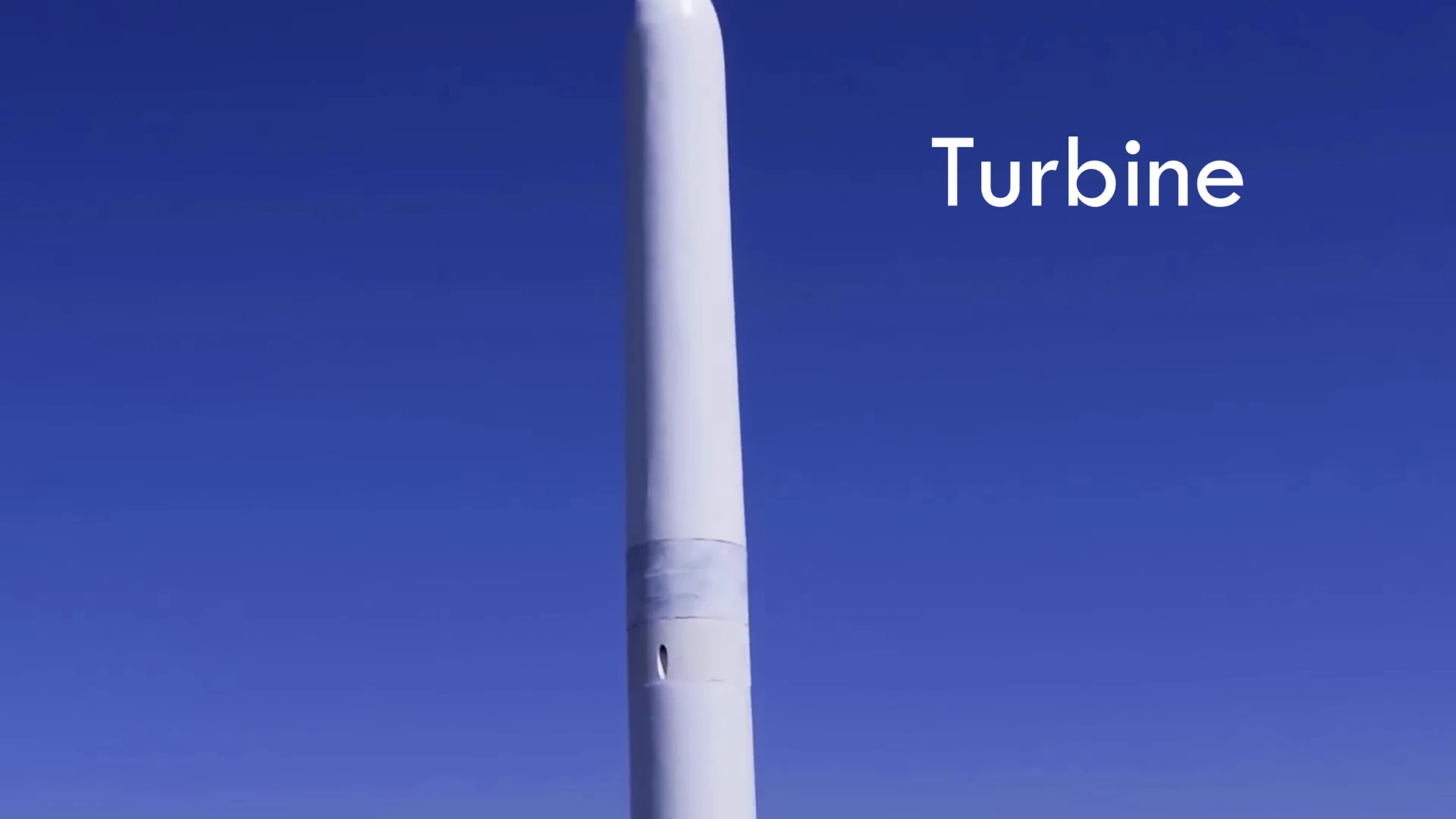Forget the iconic image of whirling blades; a revolution is brewing in wind energy. This article explores bladeless wind turbines, a groundbreaking technology harnessing the power of wind through a fundamentally different mechanism. Instead of rotating blades, these innovative devices utilize oscillating cylinders that vibrate in response to wind, converting this movement directly into electricity. This innovative approach promises significant advantages over traditional turbines, particularly in noise reduction and environmental impact.Bladeless turbines offer a quieter, safer, and potentially more cost-effective alternative to their bladed counterparts. This article delves into the advantages and limitations of this nascent technology, examining its current efficiency levels, visual impact, and potential for future scalability. We’ll also explore the broader implications for the wind energy industry, examining how this new technology could complement – and potentially reshape – the landscape of clean energy production.
Pros And Cons
- Significantly quieter than traditional wind turbines.
- Reduced risk of bird and bat mortality due to lack of blades.
- Lower maintenance costs and easier upkeep due to simpler structure and fewer moving parts.
- Lower efficiency than bladed counterparts.
- May require more units to generate the same amount of power.
- Visual impact may be considered an eyesore by some.
Read more: InnerVenue's Forever Battery: Revolutionizing Renewable Energy Storage
The Silent Revolution: Introducing Bladeless Wind Turbines
Forget the iconic image of giant wind turbines with spinning blades. A new generation of wind energy technology is emerging: bladeless turbines. These innovative devices harness the power of wind in a completely different way, offering a potentially quieter, safer, and more efficient alternative.

Instead of using rotating blades, bladeless turbines utilize a tall, slender oscillating cylinder. This cylinder vibrates in response to wind, and this movement is converted into electricity. The core principle behind this technology is vortex shedding, a natural phenomenon that creates swirling eddies of air around a cylindrical object.
Advantages of Bladeless Technology
One of the most significant advantages of bladeless turbines is their reduced noise pollution. Unlike traditional turbines, they operate with a much quieter hum, making them suitable for residential areas and sensitive environments. Their lack of blades also reduces the risk of bird and bat collisions, a major concern with traditional designs.
Furthermore, the simpler mechanics of bladeless turbines lead to lower maintenance costs and easier upkeep. Fewer moving parts translate to less downtime and increased energy generation over the turbine's lifespan. This is a substantial improvement over traditional designs which require frequent maintenance and blade replacements.
Challenges and Limitations
Despite their advantages, bladeless turbines currently face some limitations. Their energy conversion efficiency is generally lower than that of traditional turbines. This means more bladeless turbines may be needed to generate the same amount of power, affecting scalability and overall cost-effectiveness.

Another factor to consider is the visual impact. While some appreciate the sleek and minimalist design, others may find the oscillating cylinders less aesthetically pleasing than traditional turbines. This is a matter of subjective preference and depends on the specific location and integration with the surrounding landscape.

The Future of Bladeless Wind Energy
Vortex Bladeless is not the only company exploring bladeless wind technology. Several companies and organizations are developing alternative designs, focusing on different applications and approaches. This innovative approach suggests that the future of wind energy may involve a range of technologies, each with its own strengths and weaknesses.
The bladeless wind turbine is not a replacement for traditional designs, but rather a valuable addition to our energy toolkit. Its strengths in noise reduction, wildlife safety, and ease of maintenance offer significant benefits in certain applications. The continued development and refinement of bladeless turbine technology will likely lead to greater efficiency and broader adoption in the years to come.
Conclusion: Is Bladeless the Future?
Bladeless wind turbines represent a significant advancement in wind energy technology, offering compelling advantages in noise reduction, environmental impact, and maintenance. While efficiency currently lags behind traditional designs, ongoing innovation promises to overcome this challenge.

The future of wind energy is likely to be a diverse mix of technologies. Bladeless turbines, with their unique approach, will find their niche in specific applications, particularly those where quiet operation, reduced environmental impact, and lower maintenance costs are paramount. The technology presents a promising avenue towards a cleaner and more sustainable energy future.
